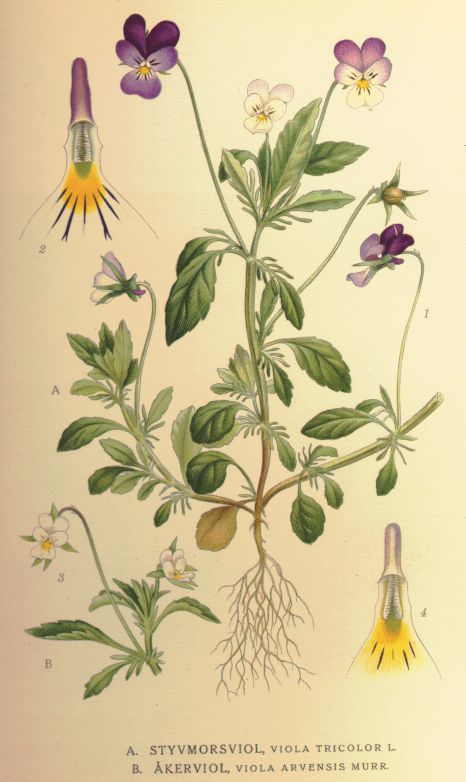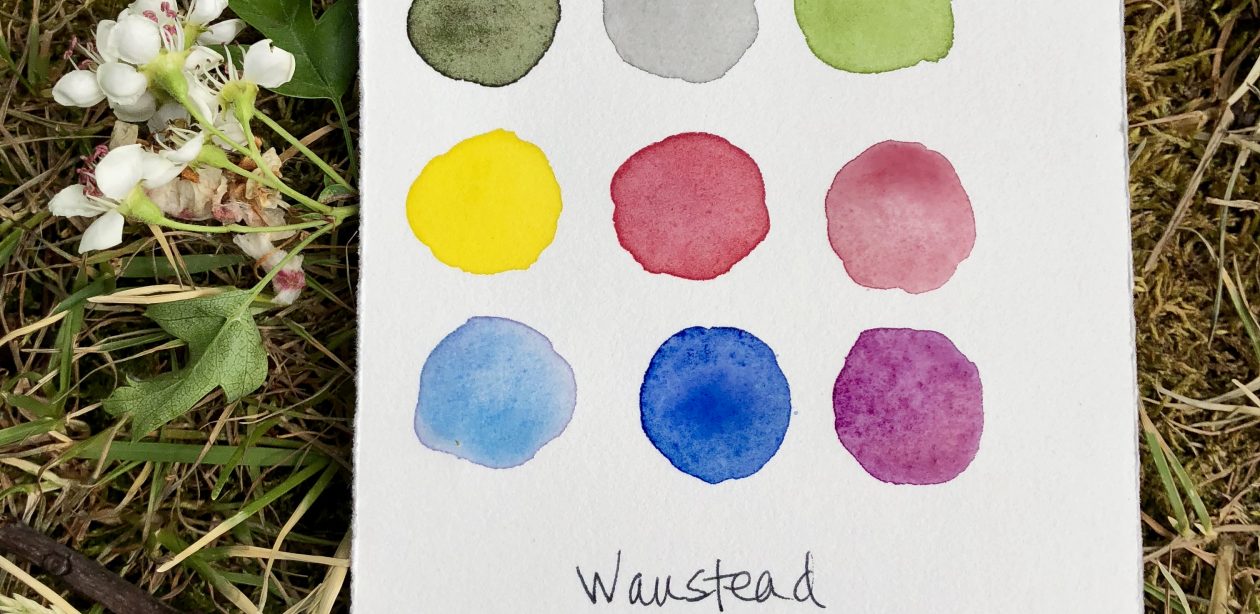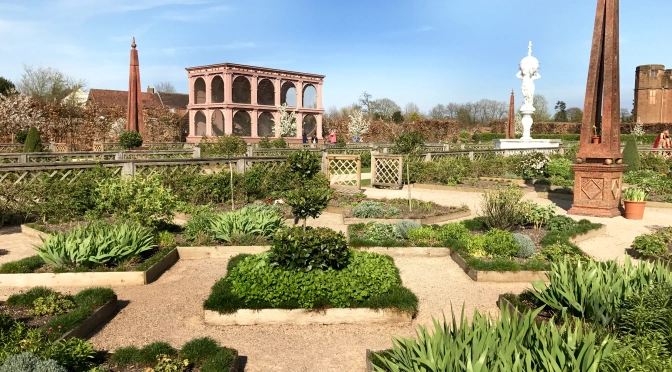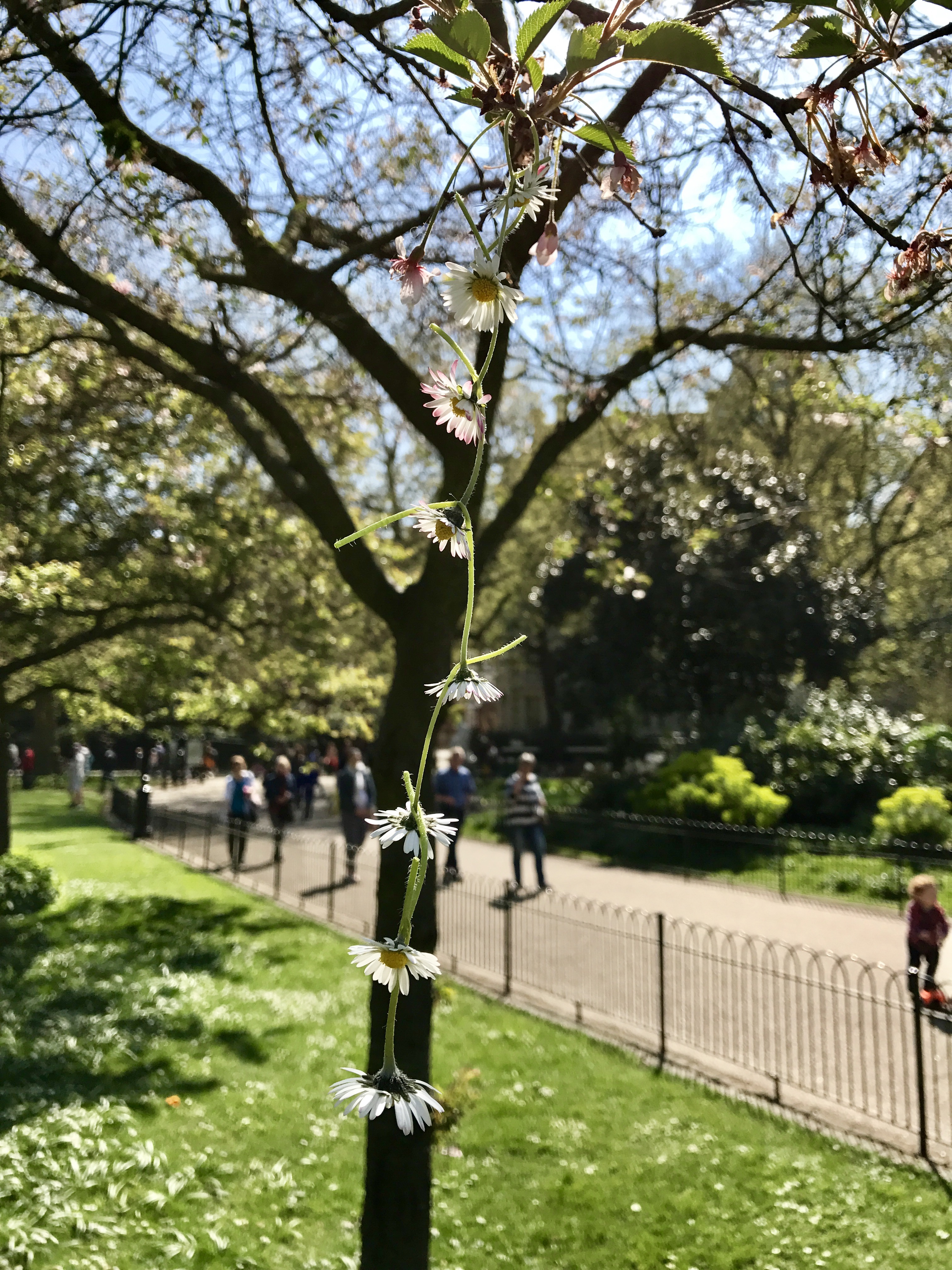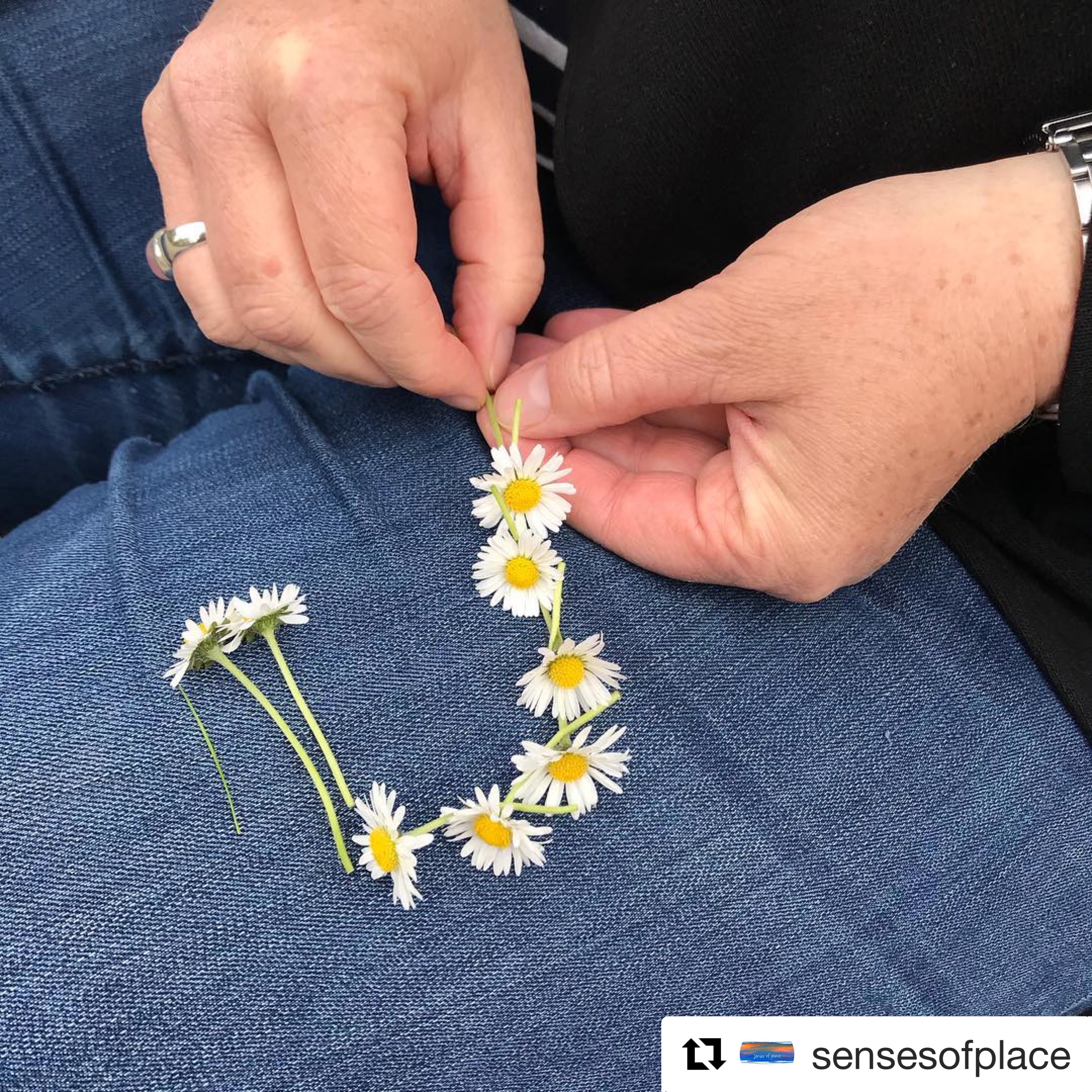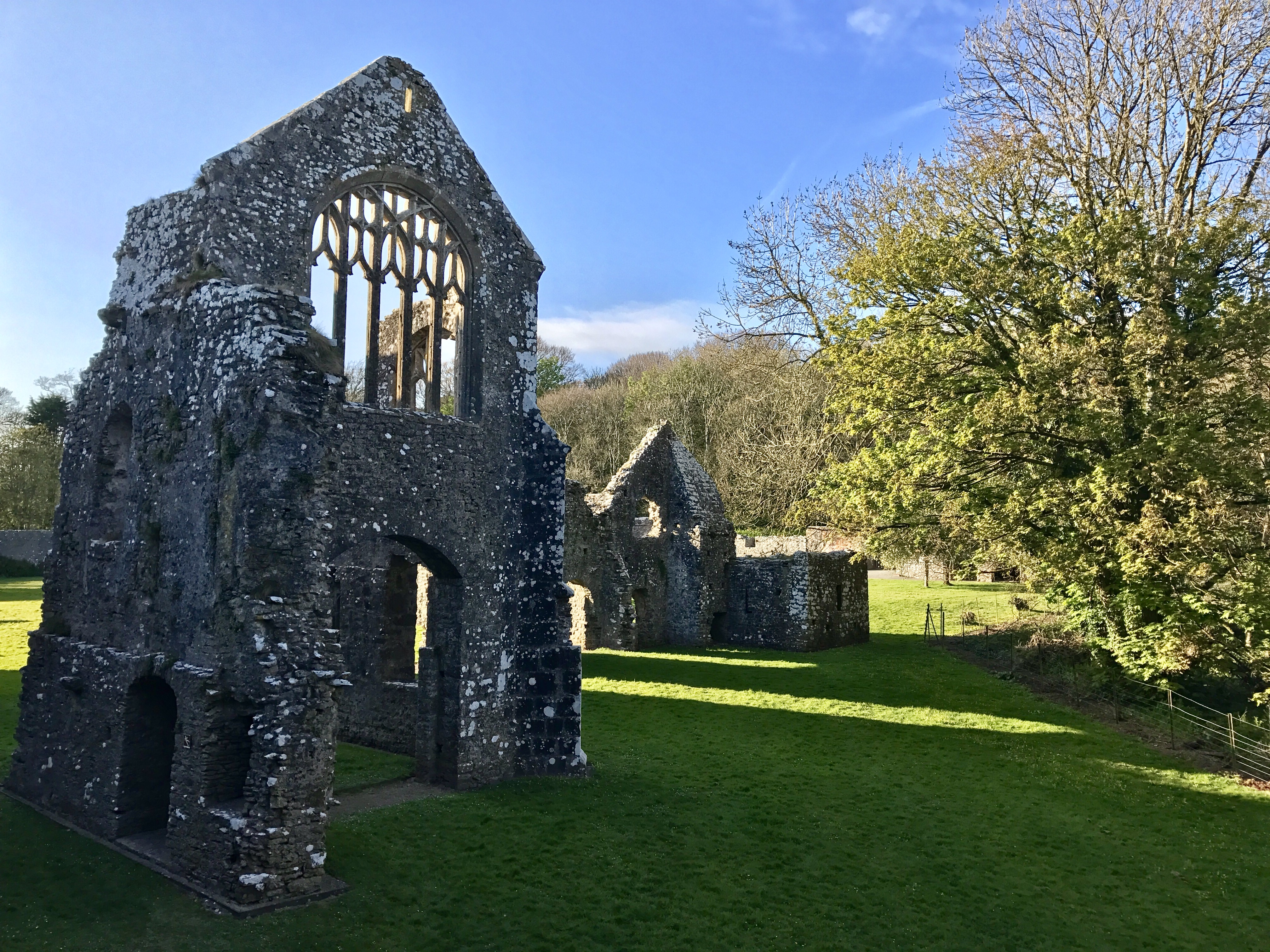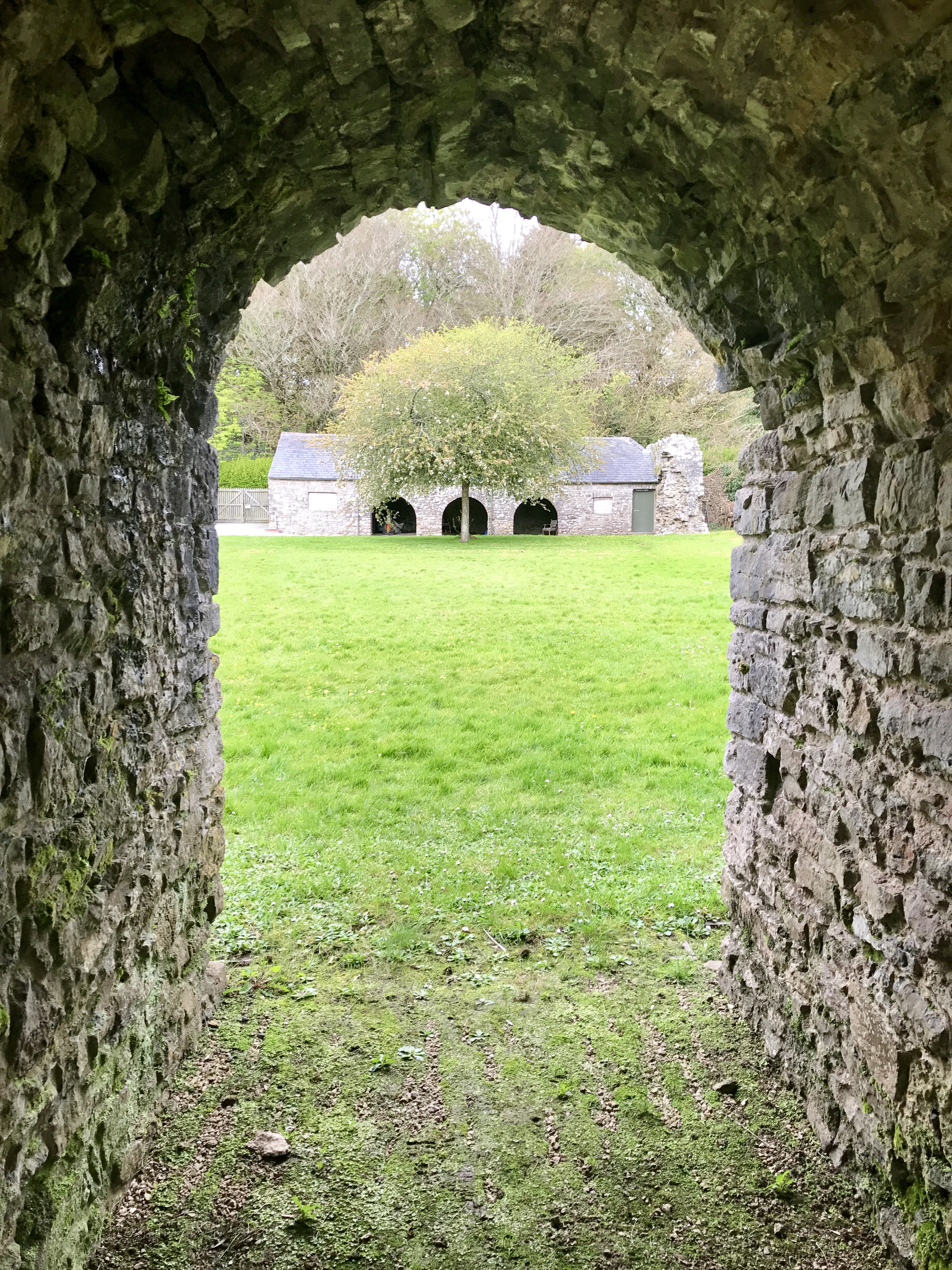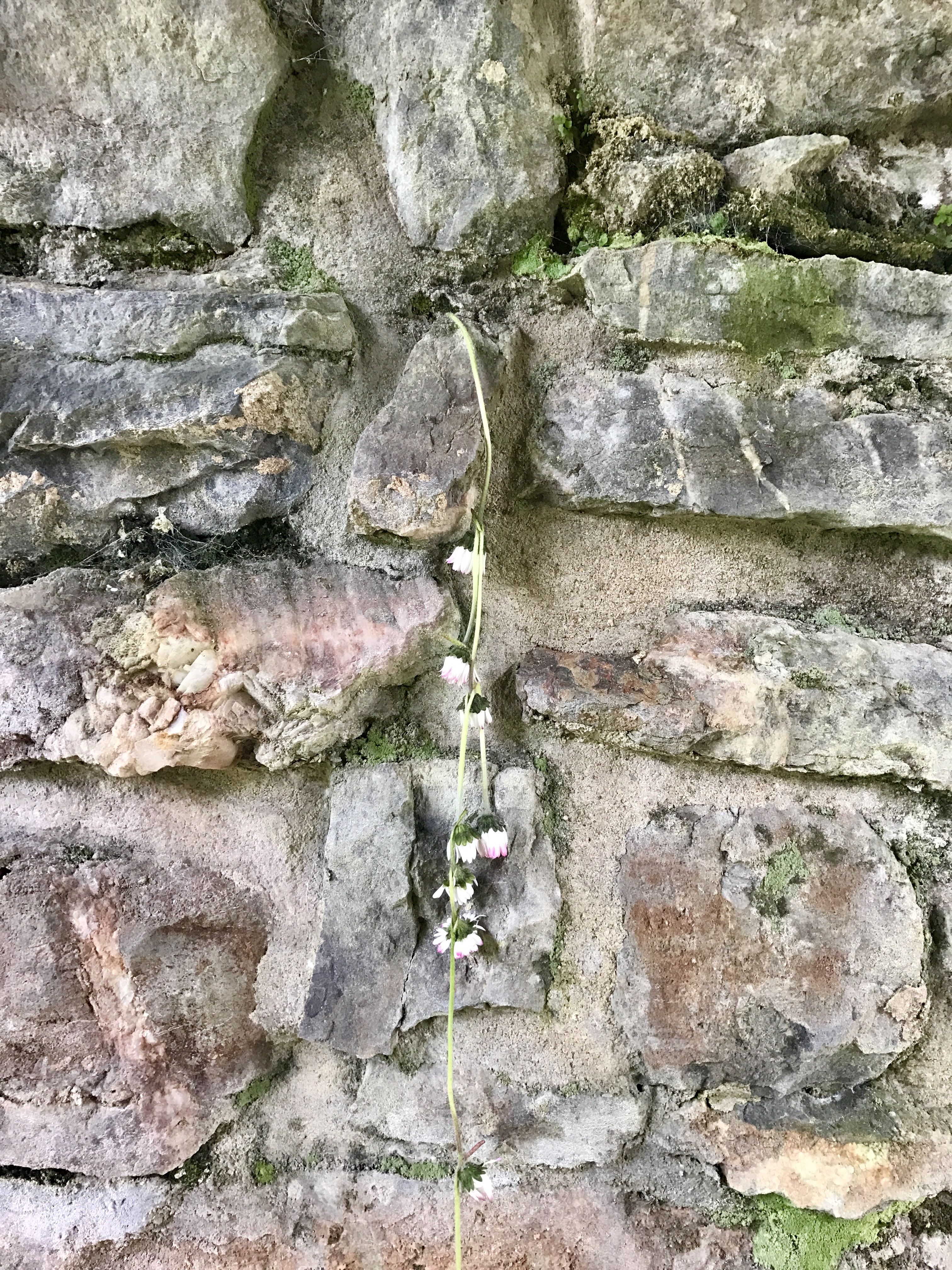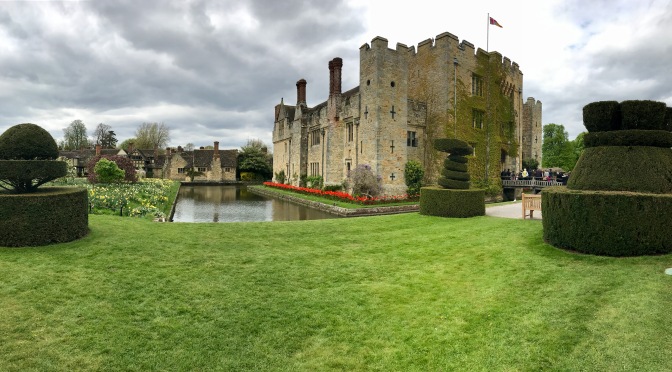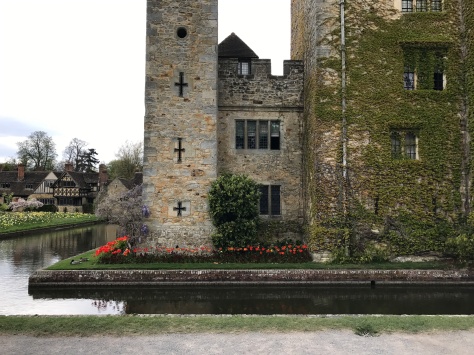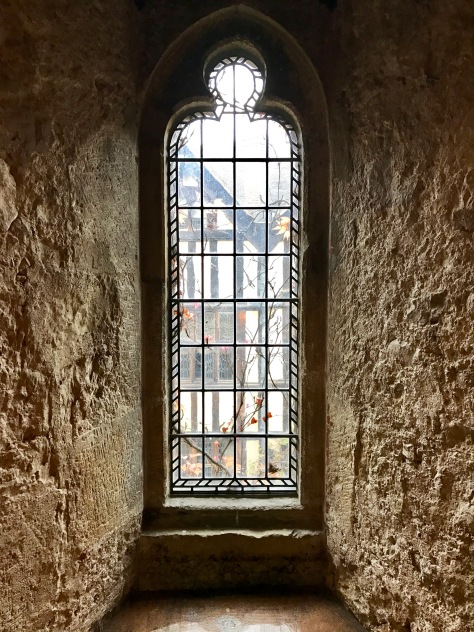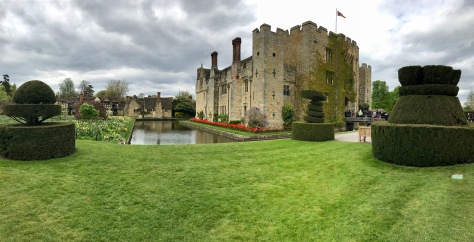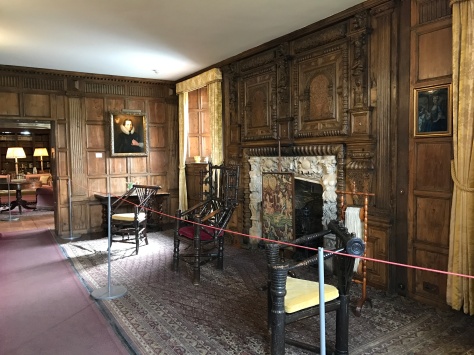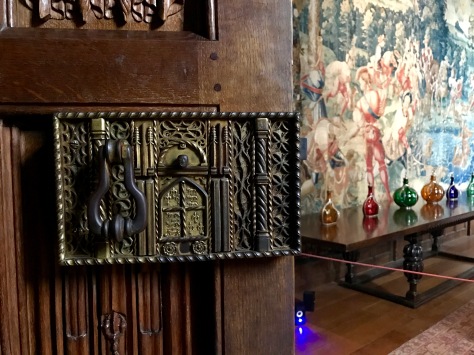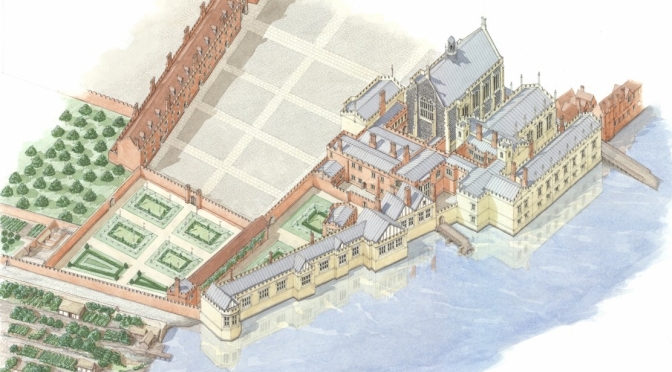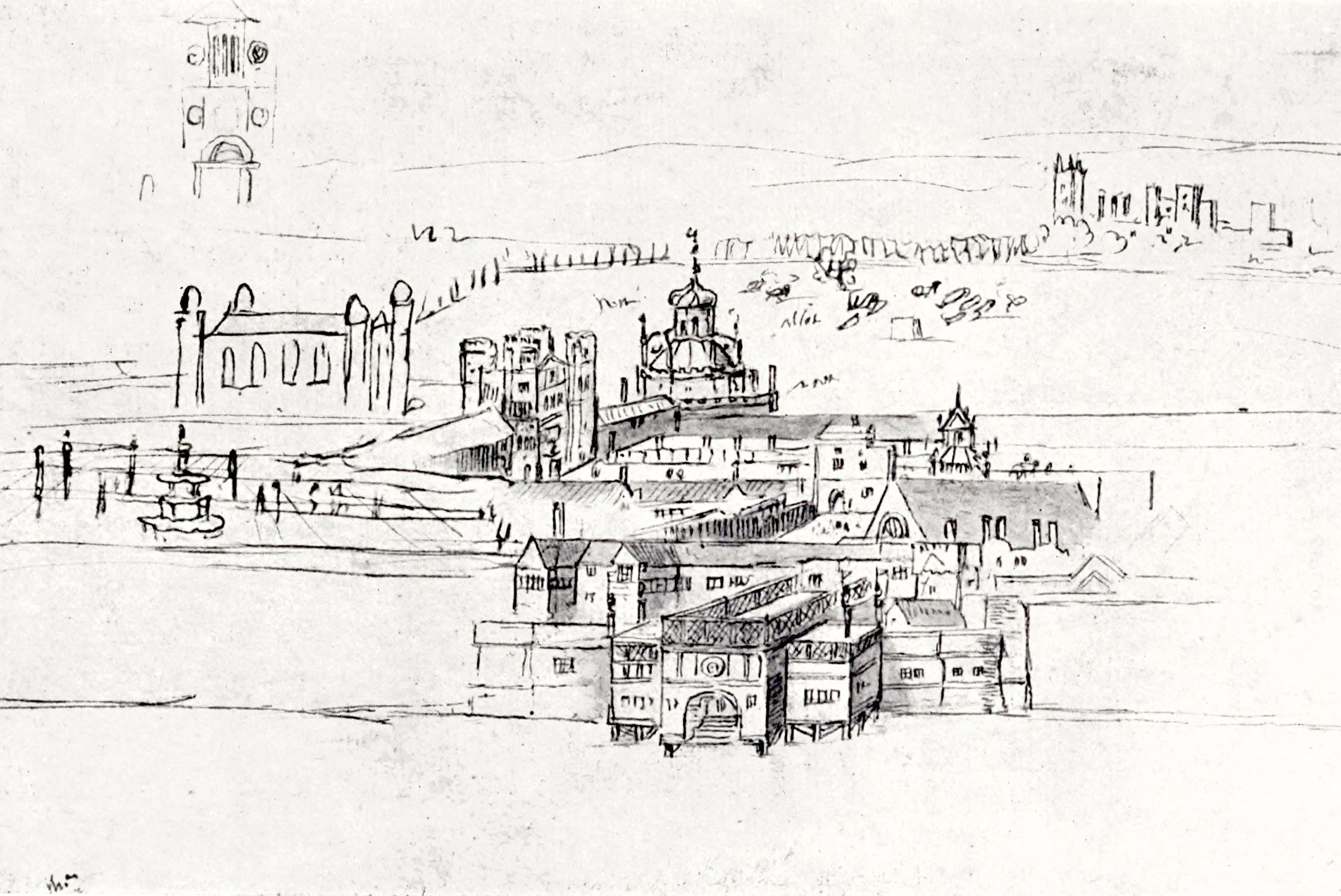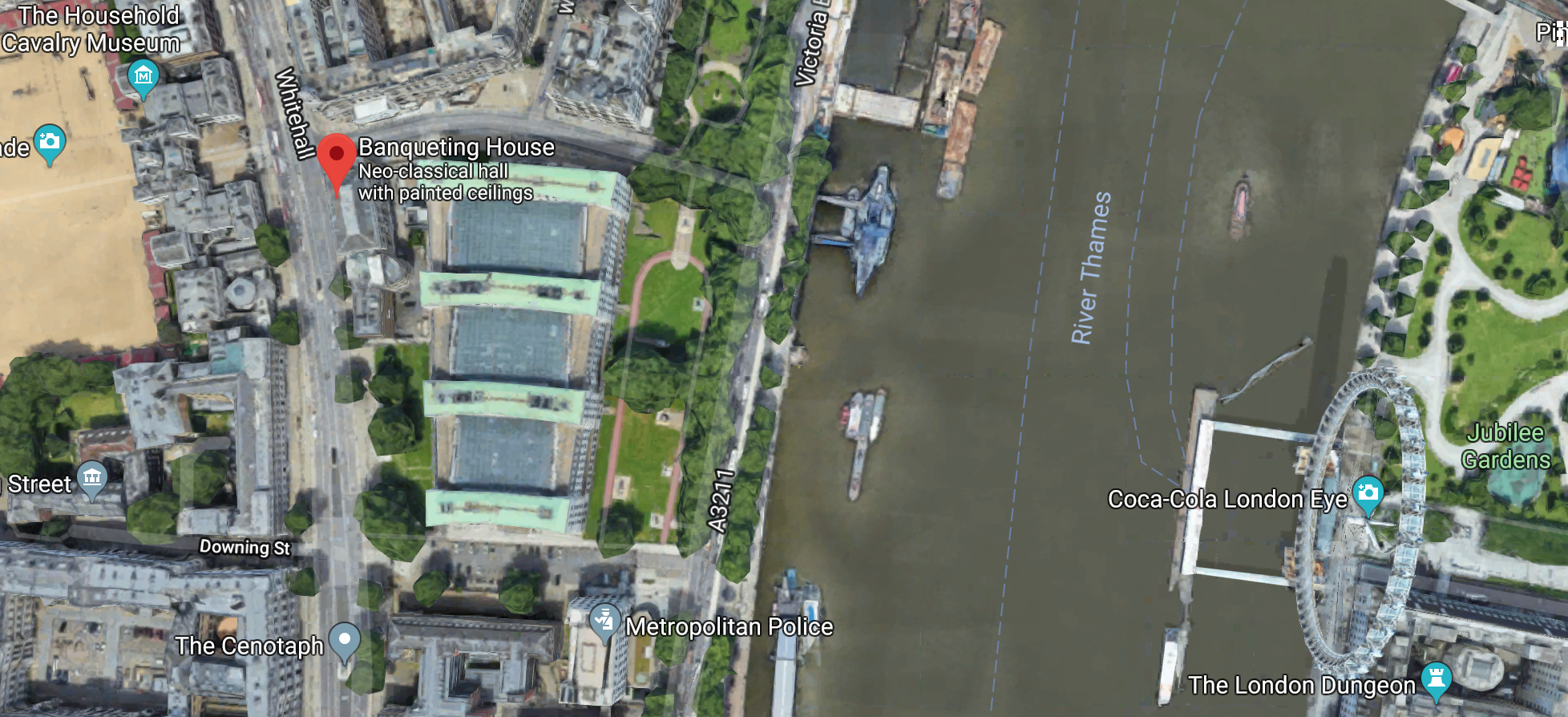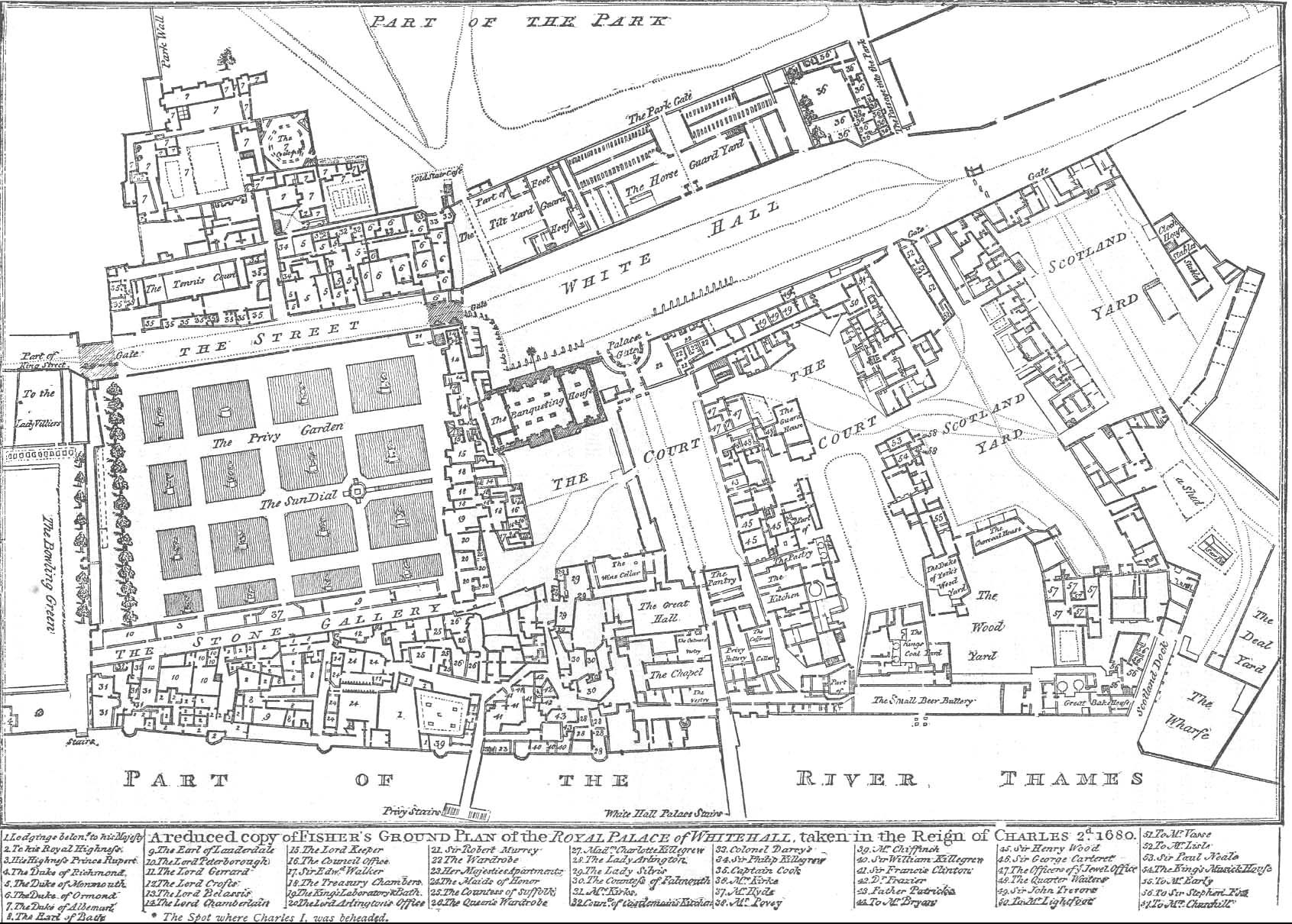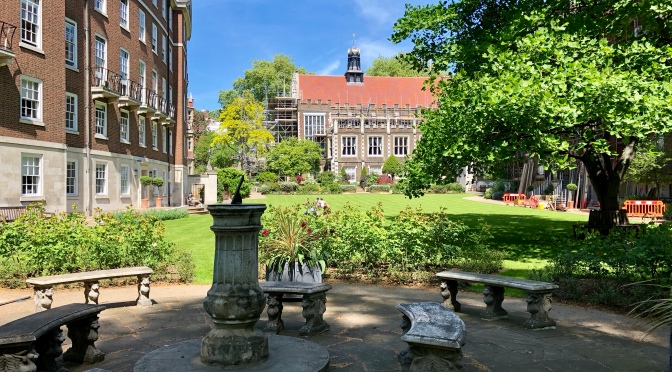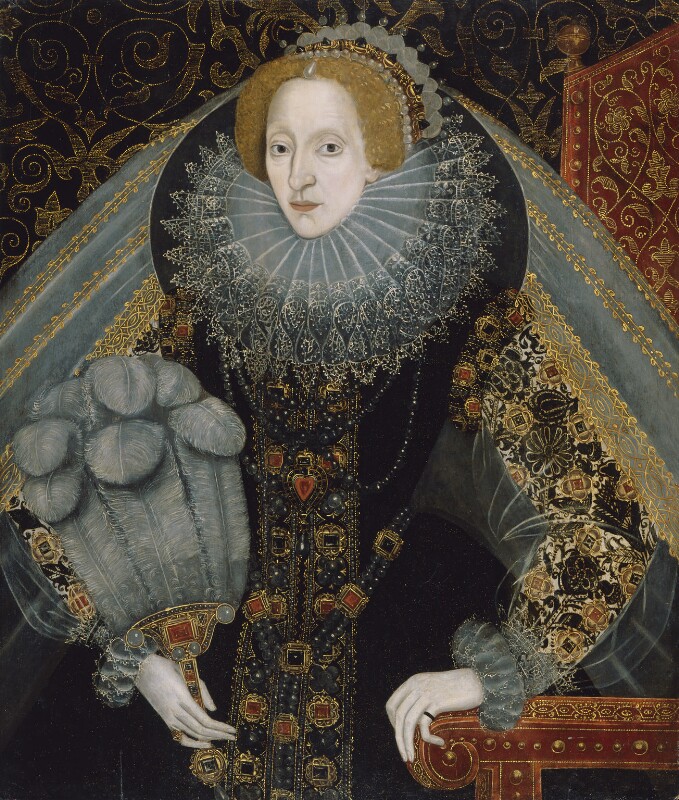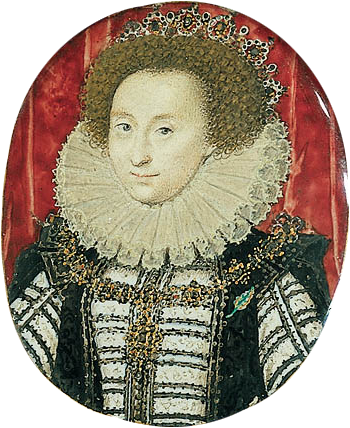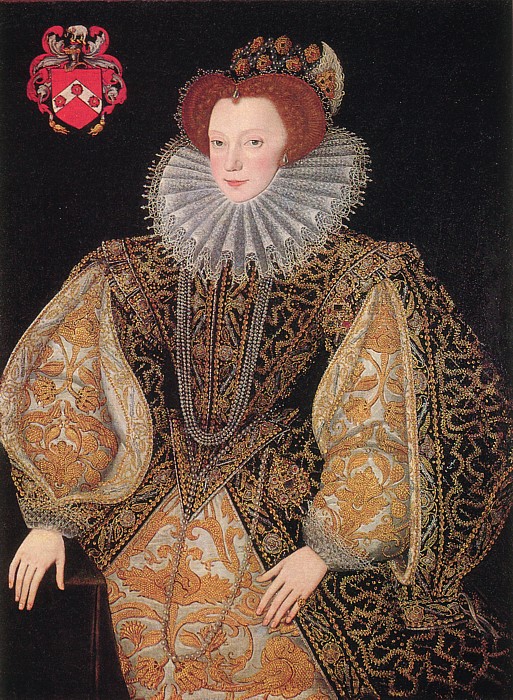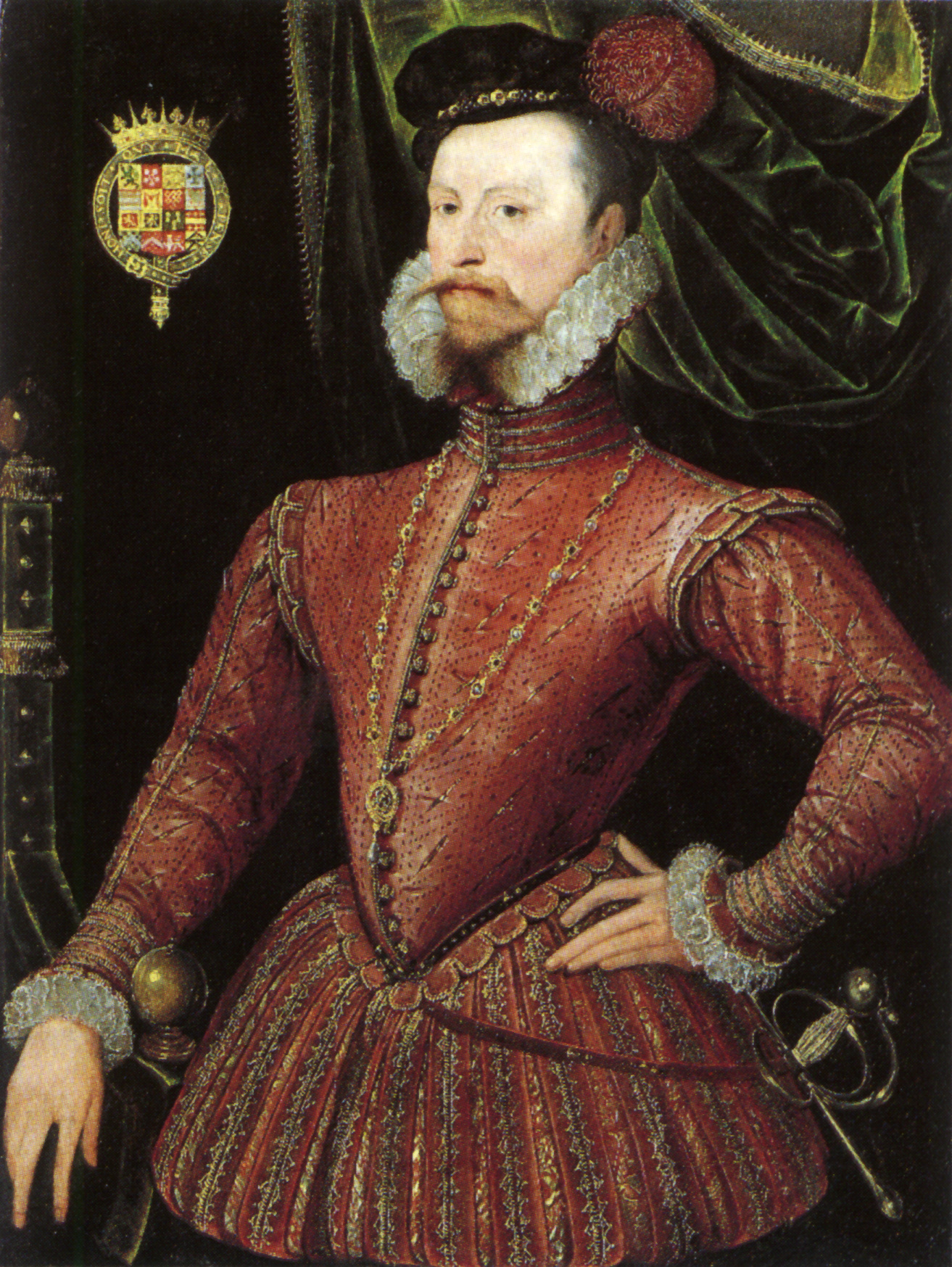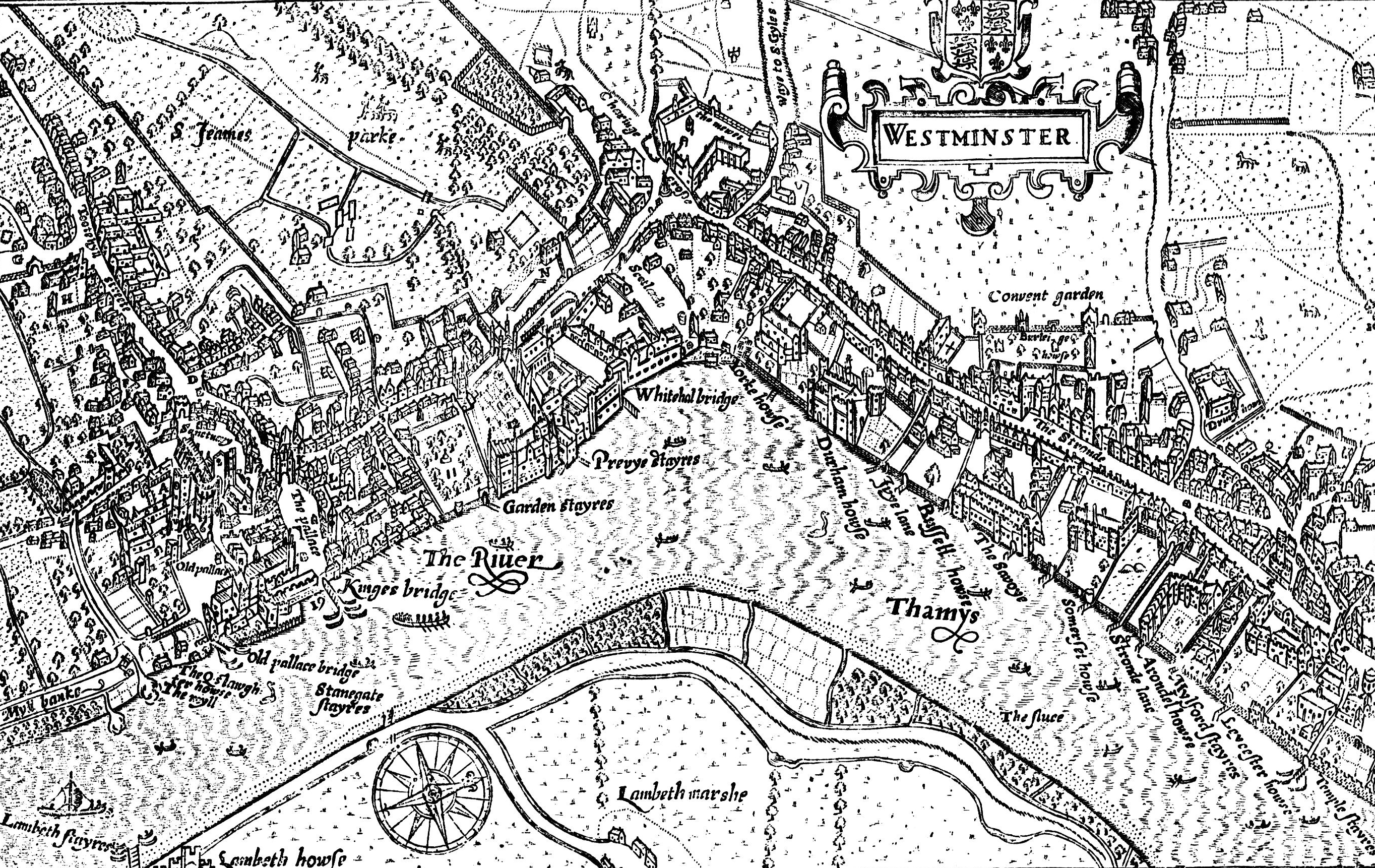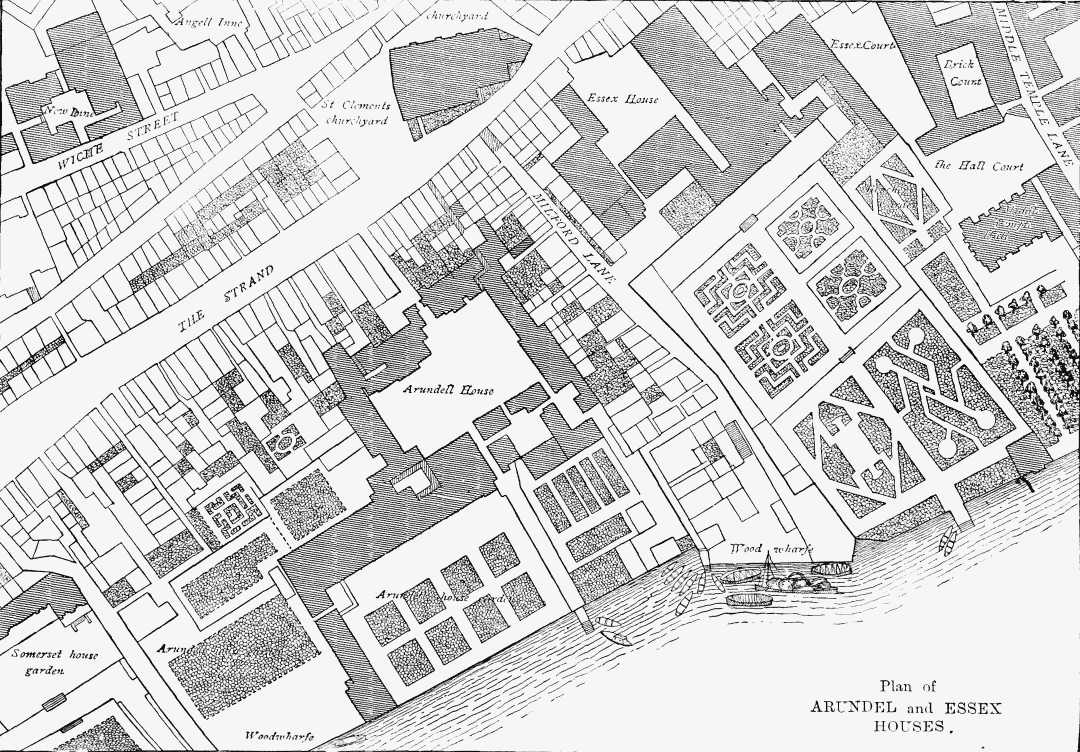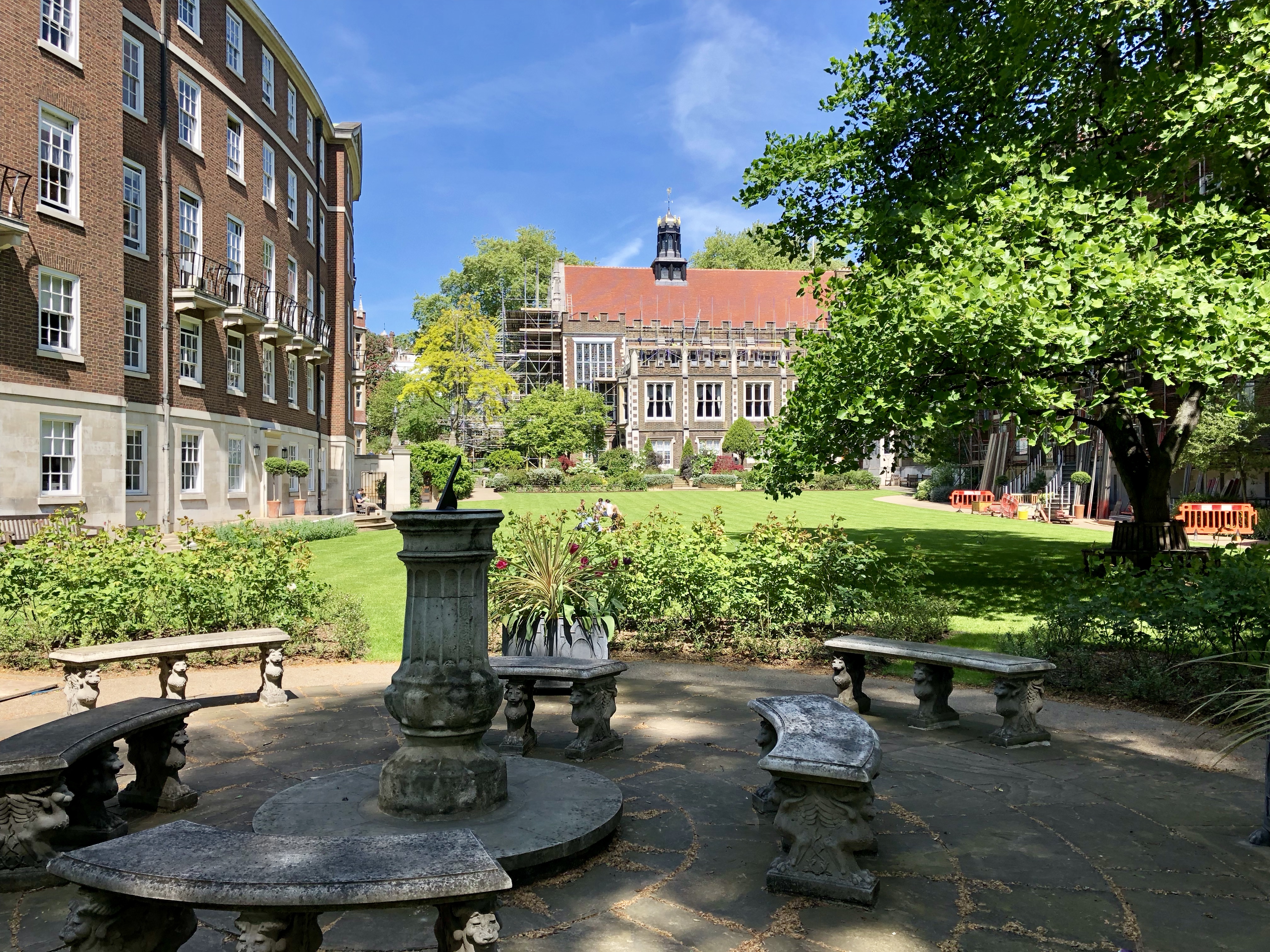In July 1575, Robert Dudley, the Earl of Leicester, threw a three-week long party for Queen Elizabeth I at his home of Kenilworth. It wasn’t just any party, it was the Oprah of parties. He’d spent years preparing for her visit by building a new castle and designing a private parterre garden for her use, creating a lake to stage evening theatricals upon its surface, and planning daily events and festivities on a grand operatic scale. Hunting during the day was followed by feasting, plays, and perhaps a little romance at night.
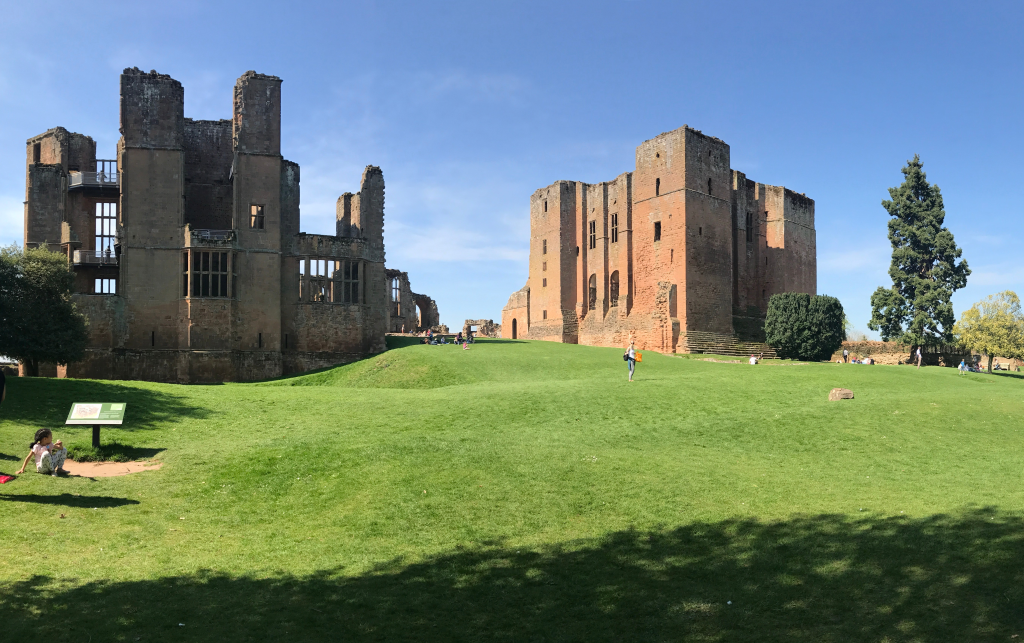
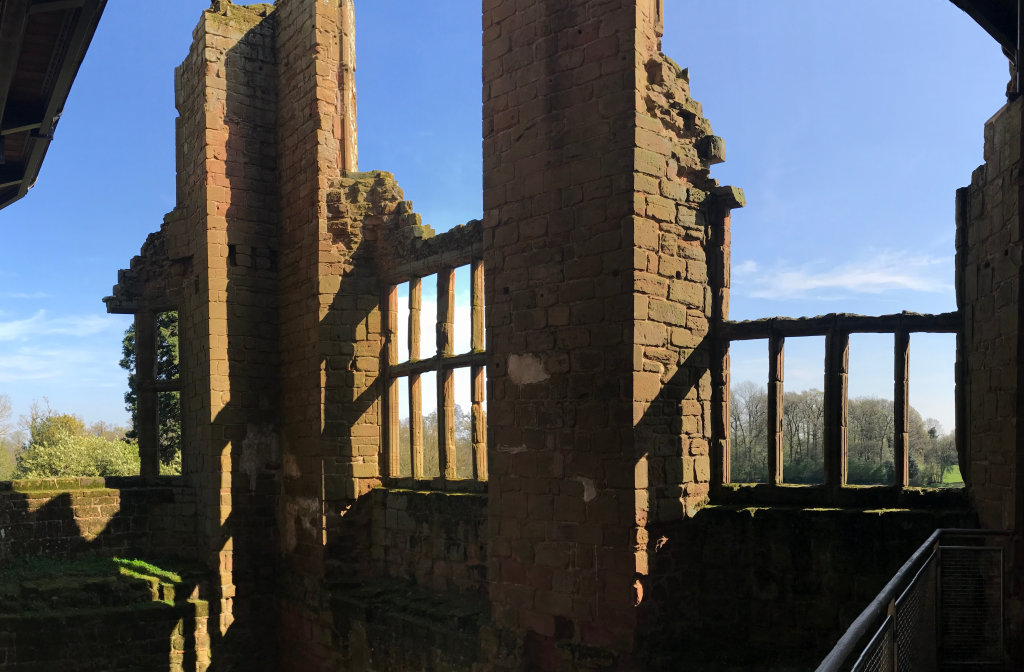
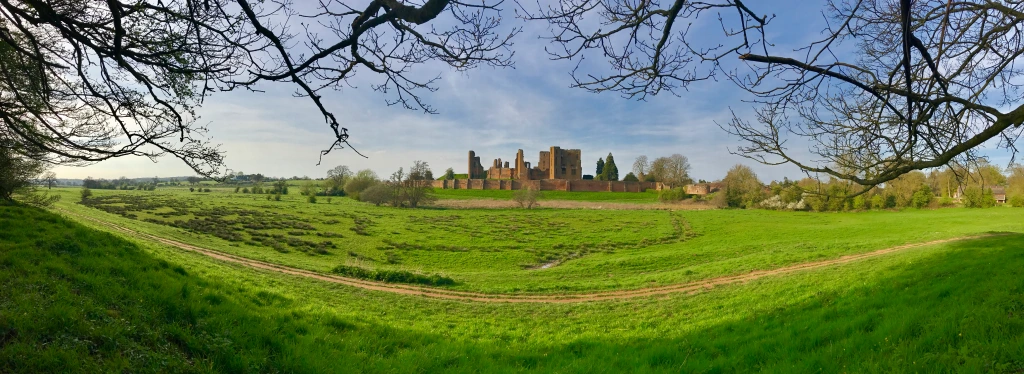
Whether by design or accident, the whole event was recorded by Robert Langham and later published, further amplifying details of the event for years to come. And so the theory persists that twenty years later it served as an inspiration for William Shakespeare, who grew up just 15 miles south of Kenilworth, when he wrote A Midsummer Night’s Dream. I heard that rumor when I visited Kenilworth in spring 2017, but have just recently come across another story linking the popular play with my ancestor, Lettice Knollys Devereux, and English landscapes.
My 14x great-grandmother was a guest and some theorize that after Robert’s final proposal of marriage during the festivities was thwarted by Queen Elizabeth, Robert and Lettice started acting on a flirtation they’d long been dancing around. Lettice shared a close resemblance with her cousin, the Queen, but was just 31 to Elizabeth’s 41. Robert and Lettice’s romance led to their marriage three years later, which may be why theories exist that the “little western flower” in A Midsummer Night’s Dream is a reference to Lettice as the woman who was pierced by Cupid’s arrow after it missed its initial target, the Virgin Queen.
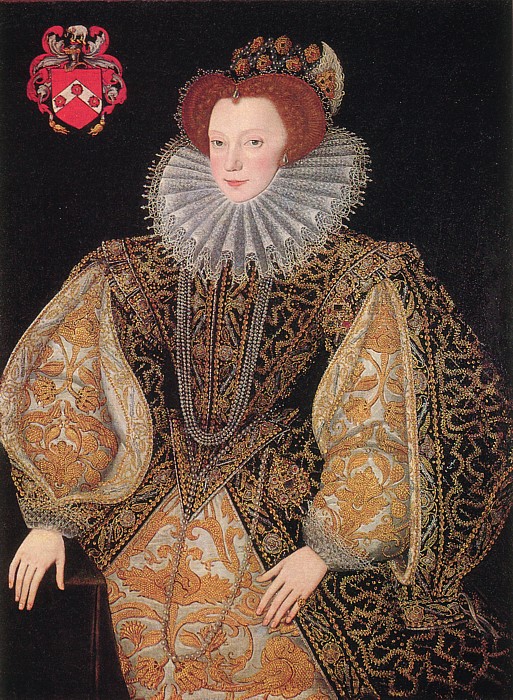
This portrait of Lettice by George Gower depicts her about ten years later, c. 1585, during her marriage to Robert Dudley, Earl of Leicester. 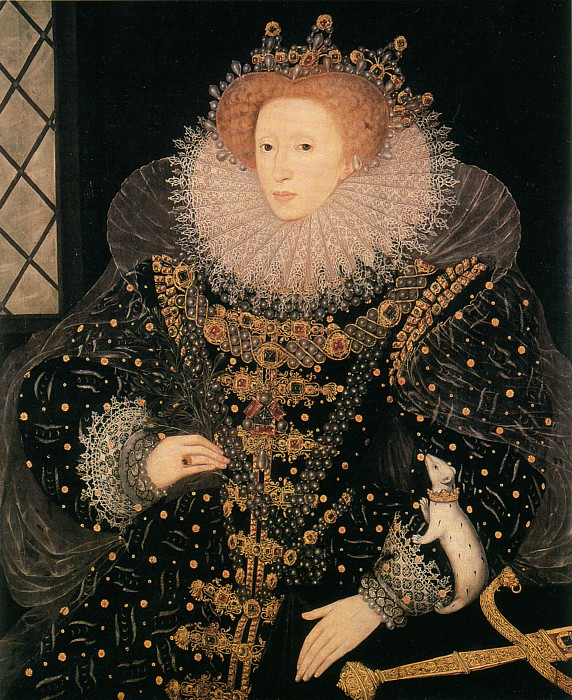
The “Ermine Portrait” of Queen Elizabeth I by Nicholas Hilliard, was also painted around c. 1585. (Hatfield House)
A Midsummer Night’s Dream, Act II, Scene 1
Oberon: “That very time I saw (but thou couldst not) flying between the cold moon and the earth, Cupid all armed. A certain aim he took at a fair vestal thronèd by the west, and loosed his love shaft smartly from his bow as it should pierce a hundred thousand hearts. But I might see young Cupid’s fiery shaft quenched in the chaste beams of the watery moon, and the imperial votaress passèd on, in maiden meditation, fancy-free. Yet marked I where the bolt of Cupid fell. It fell upon a little western flower, before milk-white, now purple with love’s wound. And maidens call it ‘love-in-idleness.’ Fetch me that flower. The herb I showed thee once. The juice of it on sleeping eyelids laid will make man or woman madly dote upon the next live creature that it sees. Fetch me this herb, and be thou here again Ere the leviathan can swim a league.”
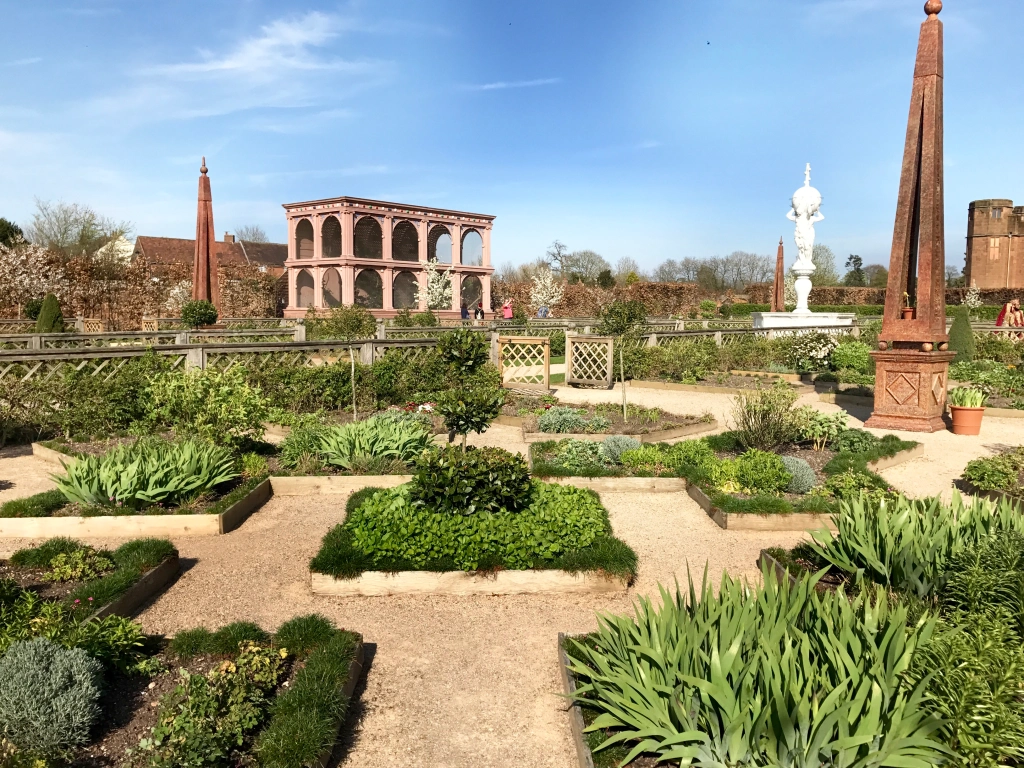
The “little western flower” is a wild pansy (Viola tricolor), known as banewyrt during Anglo-Saxon times. (Coincidentally banewyrt is also a name linked to daisies (Bellis perenis), another flower I identify with my ancestors from the 16th century.) The pansy has been and continues to be used as an herbal remedy for skin conditions, such as eczema, and respiratory conditions, such as bronchitis. In both it helps open up the body’s breath. The flower is also tied to royalty since the color purple was so expensive to produce only royals could afford it beginning with the color’s early use during the Roman empire. In fact, Queen Elizabeth forbade anyone who was not of royal blood from wearing purple during her reign. Finally it’s linked to the trinity, given the flower’s three main petals. Much overlooked today, the pansy has a storied history.
